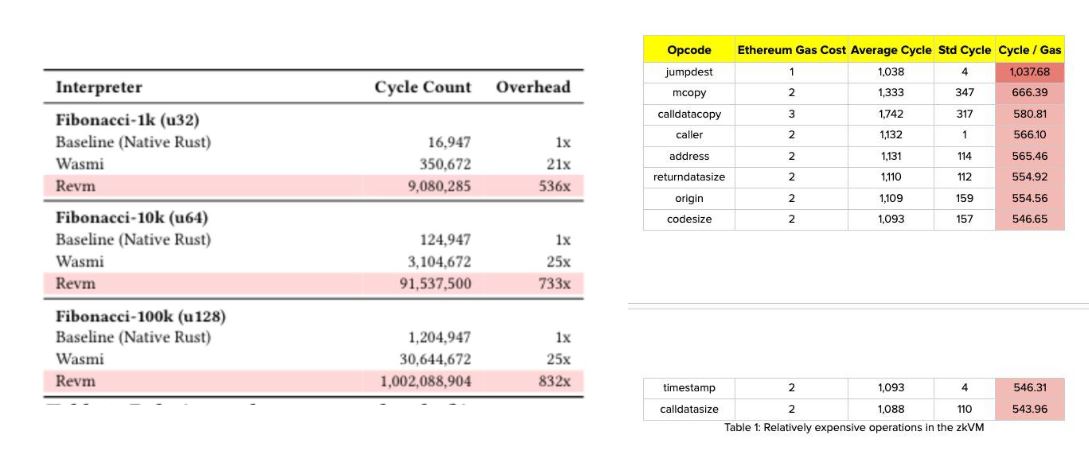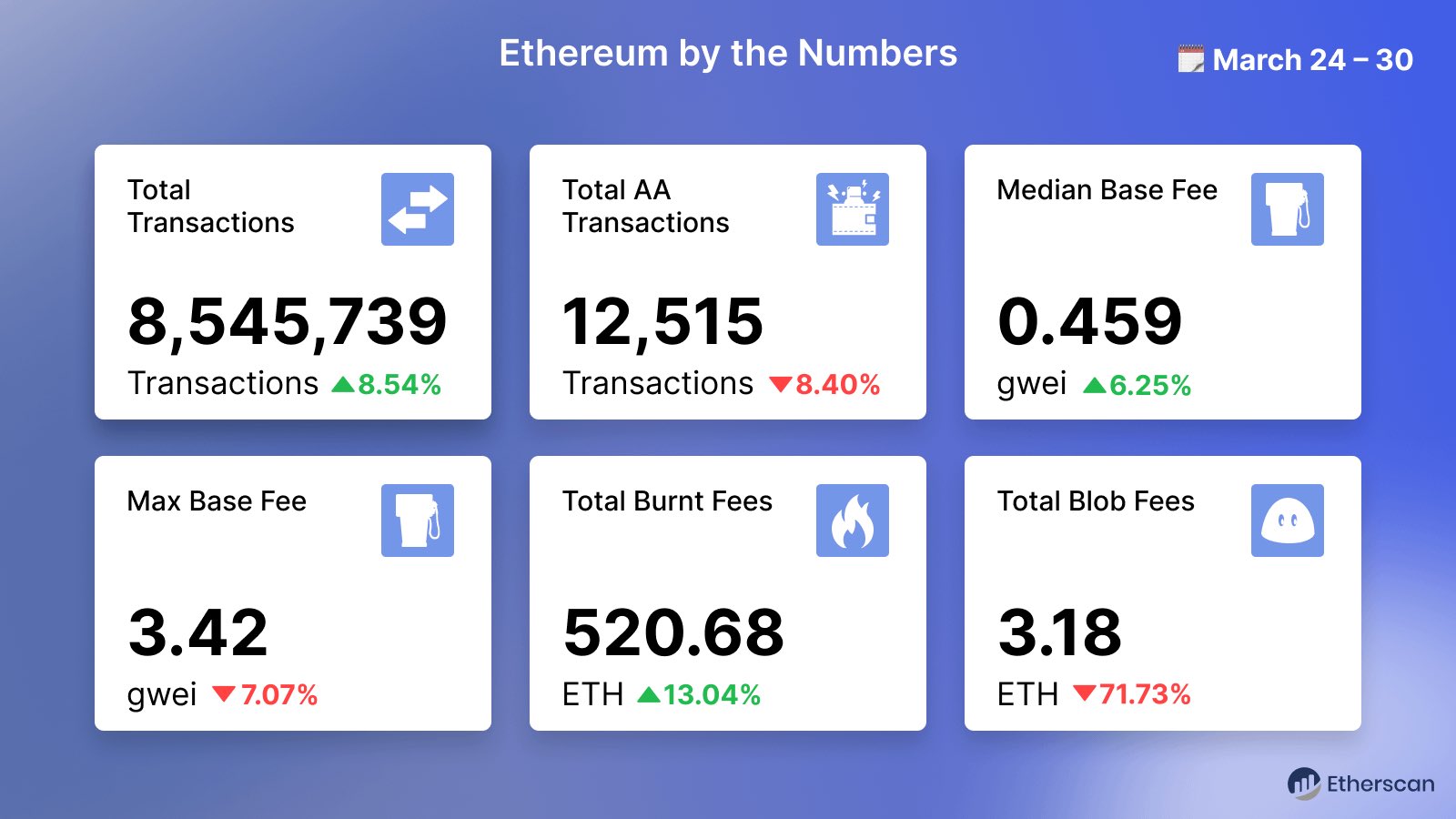Ethereum returned to the spotlight after its founder, Vitalik Buterin, announced proposal dare on April 20 related to the implementation of RISC-V to replace Ethereum Virtual Machine (EVM) which has been the backbone Smart Contract and has the potential to change its basic technical foundation.
This step is not just a minor update, but a total overhaul on Execution Layer Ethereum, which according to Buterin can be the only way to face the challenges of scalability and efficiency that has inhibited tissue growth.
Why RISC-V? Answer Bottleneck Ethereum scalability
RISC-V is an architecture Open-source which is known to be efficient and flexible, and has been used in various blockchain projects such as CKB nervos. In the proposal, Vitalik buterin explained that Ethereum can simplify the process of execution of transactions by utilizing the RISC-V as Virtual Machine new.
“The aim is to significantly improve efficiency Execution Layer Ethereum, overcoming one of the main obstacles in scalability, as well as simplifying the structure Execution Layer Ethereum drastically, “wrote Buterin.
Besides simplifying the process, increase This is also expected to improve performance ZK-PROVER – The main components used for technology Zero-Knowledge Proofwhich allows transactions to take place faster, cheaper, and private.
In his explanation, Buterin highlighted the main obstacles that limit Ethereum scalability, starting from the protocol Data Availability Samplinghistorical storage mechanism, to maintain healthy competition between Block Producer For an efficient and competitive ecosystem.
Not only that, Buterin also assesses the ability of the system in processing transactions through ZK-EVM technology at this time is still not optimal. According to him, most of the time and Resource Prover currently spent on the process Block Execution And State Computation.
If Execution Layer Ethereum can be moved to the RISC-V environment, these processes are especially related to Smart Contract can be trimmed significantly, making the execution of transactions much more efficient and lighter.
“Some data shows that in certain cases, this can provide an increase in efficiency of more than 100 times,” he said.

Ethereum network revenue has declined
In the middle of the discourse of reshuffle Execution Layer Ethereum through the implementation of RISC-V, this network is actually faced with a serious pressure. Based on data distributed by Etherscan on April 1, transaction fees at Base Layer Dropped to the lowest point since 2020, with an average of only US $ 0.16 per transaction throughout April 2025.
This situation is more complicated because of income from Blob fee – Special costs derived from transactions on the network Layer-2 Like arbitrum and optimism also slumped sharply. As of the end of March 2025, total Blob fee Only touched 3.18 ETH or around US $ 5,000, down to 95 percent.

Analysts assess, this decline is not only due to global economic conditions, through the impact of the massive migration of users to various solutions Layer-2 who offers gas fee which is much cheaper and better speed than its main network.
Ironically, despite the solution scaling This L2 succeeded in increasing the efficiency of transactions, they indirectly began to “undermine” the main source of Ethereum’s own income.
This phenomenon also raises concerns among the community. Many began to question the ethereum economic resilience in the future, especially if the ecosystem Layer-2 continues to develop without balanced with an increase in efficiency in its main network.
This is where the discourse of the implementation of RISC-V is very crucial. Besides offering architectural simplification Execution LayerThis step is also expected to be able to optimize network performance, while maintaining a balance between L1 and L2.
Vitalik Buterin: Layer-2 is the key to the Ethereum scalability
Radical solution to save the future of Ethereum
Seeing this condition, Buterin assessed that Ethereum must take drastic steps if you want to remain competitive in the next blockchain era. RISC-V proposal is not just upgrade technical, but rather a strategic effort to maintain the relevance of ETH in the midst of the onslaught of innovation by some of its competitors, such as Solana and BSC.
Buterin admitted that this transition would not be easy. However, he offers several implementation scenarios, ranging from supporting two Virtual Machine In parallel to the total EVM conversion to the RISC-V-based interpreter.
With beam chain which focuses on simplifying Consensus Layerand RISC-V prepared to optimize Execution LayerButerin hopes that the Ethereum ecosystem can return to efficient, economical, and ready to compete in the future. [dp]


















































